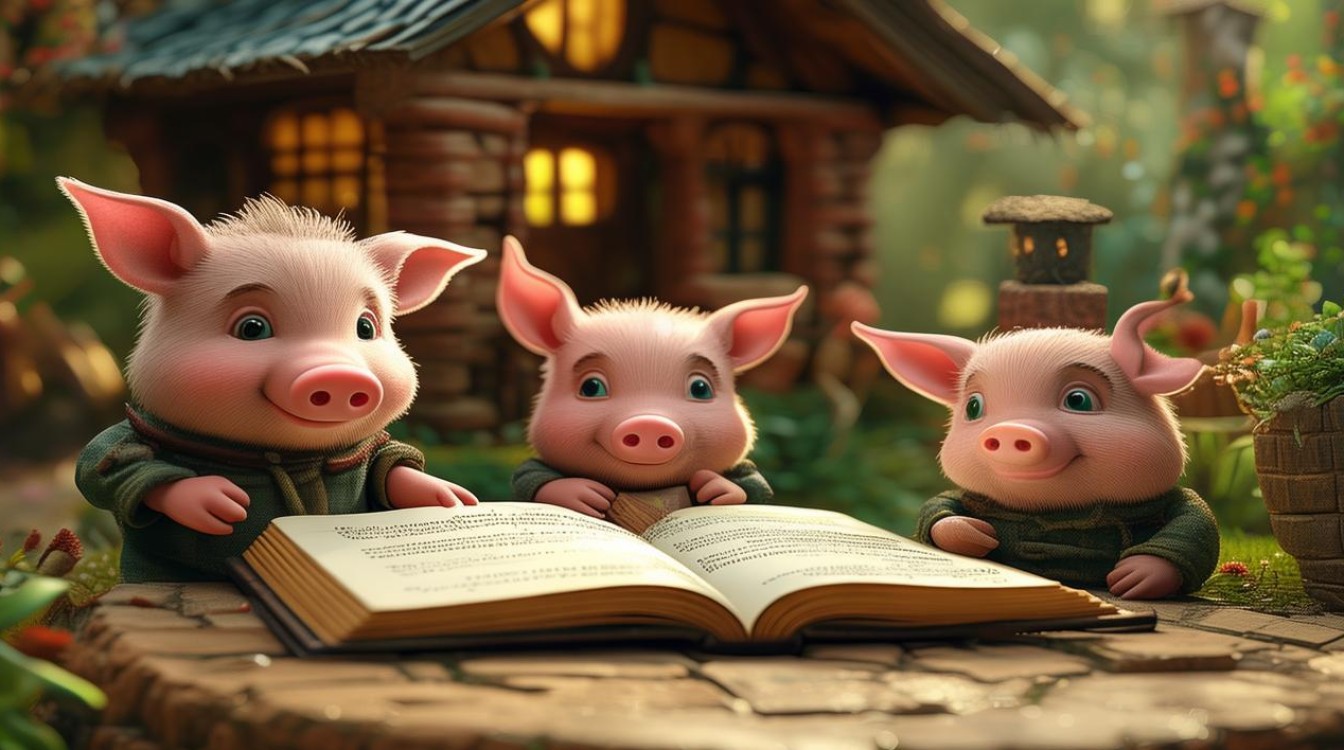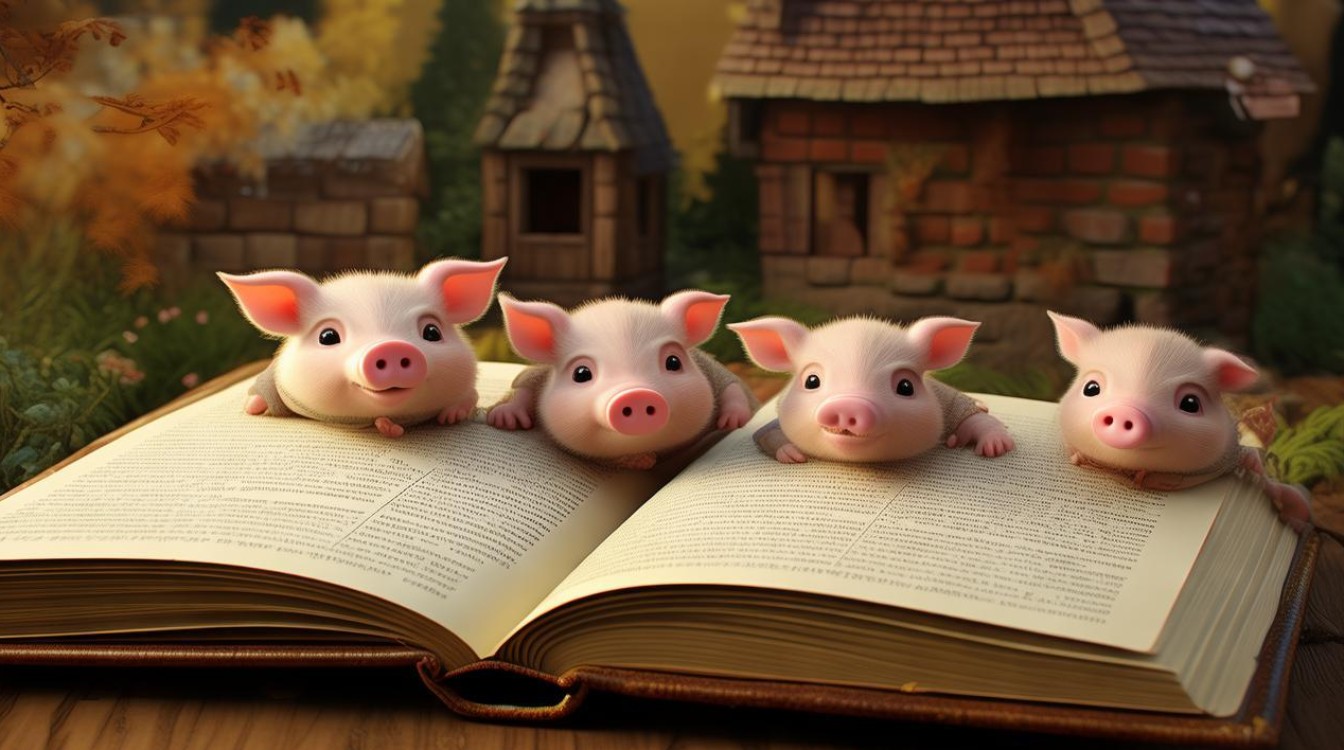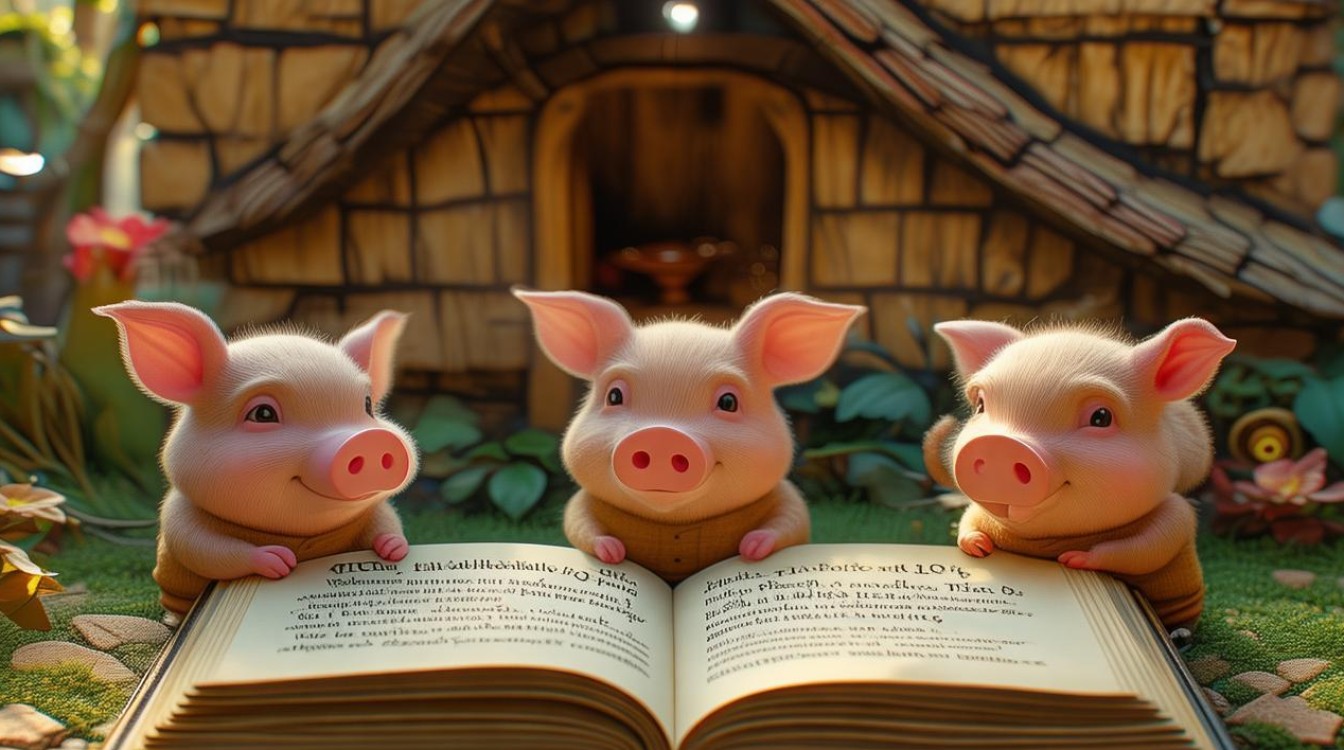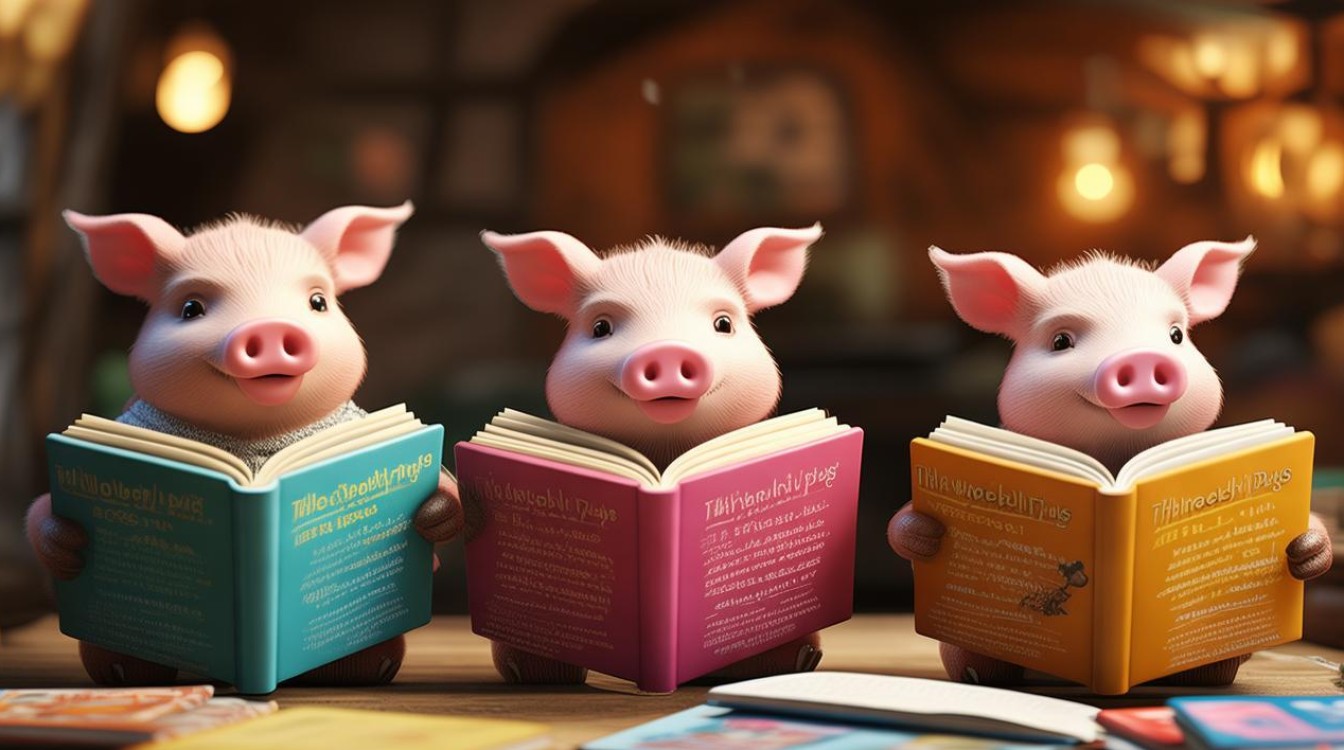"The Three Little Pigs" is a classic fairy tale that has been told for generations. Beyond its simple storyline, the tale offers a rich vocabulary for English learners. By examining the words and phrases used, we can uncover valuable language lessons. Here’s a breakdown of key terms and how they enhance understanding of English.

Core Vocabulary from the Story
The story introduces foundational words essential for basic English comprehension. Some notable examples include:
- Pig: A domesticated animal, often associated with farms.
- Straw: Dried stalks of grain, used here as building material.
- Sticks: Thin pieces of wood, another construction choice.
- Bricks: Hard, durable blocks used for sturdy structures.
- Wolf: A wild canine, the antagonist in the story.
- Huff and puff: An idiom meaning to blow forcefully, often used metaphorically.
These words are not only common in daily English but also appear in idioms and expressions.
Verbs and Actions
The tale is action-driven, making verbs a critical component. Key verbs include:
- Build: To construct something (e.g., a house).
- Blow: To expel air forcefully (the wolf’s action).
- Run: To move quickly on foot (the pigs escaping).
- Hide: To conceal oneself for safety.
These verbs are practical for everyday conversations, from describing activities to giving instructions.
Adjectives and Descriptions
Descriptive words add depth to the narrative. Examples include:

- Lazy: Unwilling to work (used for the first two pigs).
- Smart: Intelligent (the third pig’s trait).
- Strong: Physically powerful (the brick house).
- Big: Large in size (the bad wolf).
Adjectives help learners express qualities and make comparisons, a fundamental skill in language acquisition.
Phrases and Idioms
The story popularized phrases still used today:
-
"I’ll huff, and I’ll puff, and I’ll blow your house down."
This line is iconic and demonstrates rhythmic repetition in English. -
"Not by the hair of my chinny chin chin."
A playful refusal, showing how rhyme enhances memorability.
Idioms like these make English colorful and are useful for learners aiming to sound natural.

Grammar and Sentence Structure
The story uses simple sentences, making it accessible:
- "The first pig built a house of straw." (Subject + Verb + Object)
- "The wolf came to the door." (Subject + Verb + Prepositional Phrase)
These structures are building blocks for forming clear, correct sentences.
Lessons Beyond Vocabulary
While the vocabulary is valuable, the story also teaches:
- Critical Thinking: The third pig’s choice of bricks shows foresight.
- Consequences: The first two pigs face results of poor planning.
- Persistence: The wolf’s repeated attempts highlight determination (albeit negative).
These themes make the tale useful for discussions on decision-making and problem-solving.
Practical Applications for Learners
To maximize learning from this story:

- Read Aloud: Improves pronunciation and fluency.
- Rewrite in Modern English: Enhances comprehension and creativity.
- Role-Play: Reinforces vocabulary through active use.
- Discuss the Moral: Encourages opinion-forming and debate.
Why This Story Endures
"The Three Little Pigs" remains popular because it combines simplicity with depth. The vocabulary is easy to grasp, yet the story offers layers of meaning. For English learners, it’s a gateway to understanding both language and culture.
Exploring the words in this tale reveals how foundational vocabulary connects to broader language skills. Whether you’re a beginner or an advanced learner, revisiting classic stories can sharpen your English in unexpected ways.
The next time you hear about the three pigs, consider the language lessons hidden within. From verbs to idioms, every word serves a purpose—just like the bricks in the third pig’s house.


